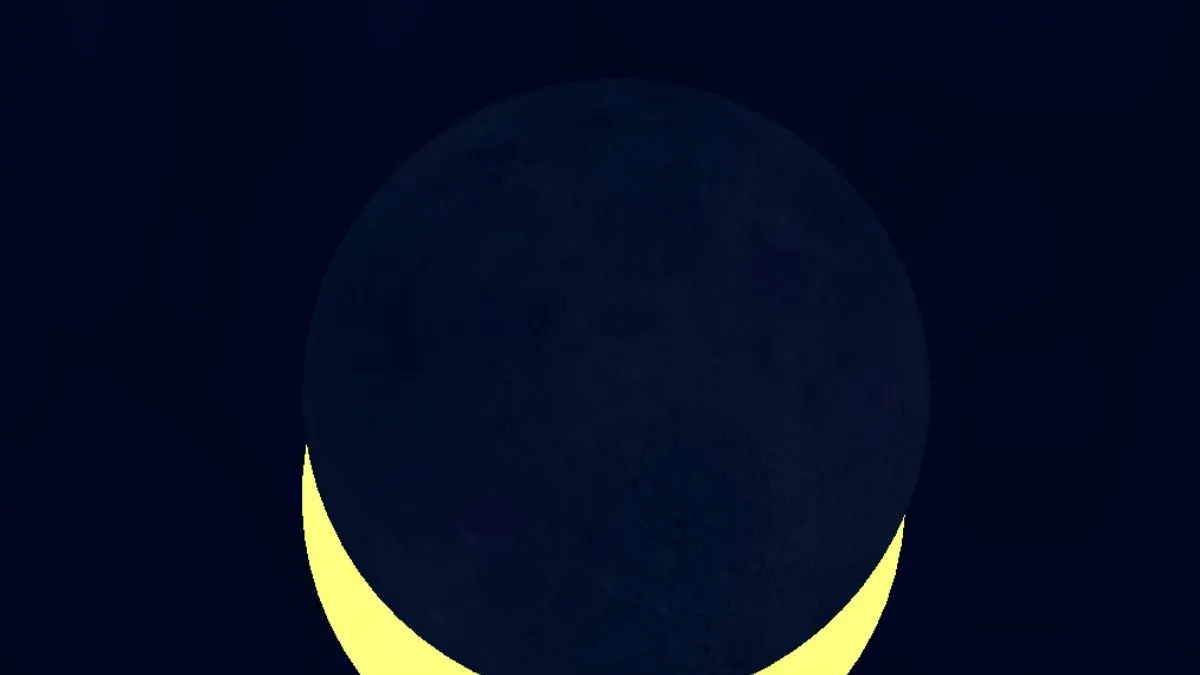
On March 29, 2025, sky enthusiasts across North America will have the opportunity to witness a fascinating celestial event: a partial solar eclipse. This rare occurrence is particularly special for those located in the northeastern U.S. and eastern Canada, where observers will have the chance to see the enchanting phenomenon known as solar horns. This stunning spectacle happens when the cusps of an eclipsed crescent sun appear as two distinct points above the horizon during sunrise, creating a visual treat for those in the right location and with clear skies.
To experience the breathtaking solar horns, it's essential to select the optimal viewing location. The phenomenon will be observable from specific areas, including southeastern Quebec and southwest New Brunswick in Canada, as well as northern Maine in the U.S. The best views will be found between the St. Lawrence River estuary and the Bay of Fundy. For an ideal experience, aim for locations that provide an unobstructed view of the eastern horizon, such as coastal regions or elevated terrains. Observers on high ground with a low horizon can also enjoy this celestial event.
Utilizing resources like Xavier Jubier's interactive Google Map of the eclipse, along with tools like The Photographer's Ephemeris and Timeanddate.com's eclipse map, can aid in pinpointing the best spots for viewing. Additionally, having a compass on hand will help ensure you are properly oriented for the event.
Here are some prime locations where you can witness the spectacular solar horns during the eclipse:
Forestville, Quebec, CanadaWhile the captivating solar horns can only be seen in select locations in Quebec, New Brunswick, and Maine, a crescent sunrise will also be visible from several other areas. Coastal locations with an unobstructed view of the ocean will provide the best experience, stretching from Maine's border with Canada down to Cape Cod in Massachusetts. Observers in states like New York, Pennsylvania, Maryland, Washington D.C., and Virginia will see a slightly eclipsed sunrise, provided they have a clear view to the northeast.
As with any solar event, safety is paramount. Never look directly at the sun without proper eye protection, and avoid using regular sunglasses for this purpose. Direct sunlight, even when partially obscured, can emit harmful ultraviolet (UV) and infrared (IR) rays, potentially causing serious damage to your eyes, including retinal injury or blindness. The only safe method for viewing the sun directly is through specialized solar filters, such as eclipse glasses or solar filters designed for telescopes and binoculars.
Prepare yourself for this extraordinary celestial event on March 29, 2025, and ensure you enjoy the solar horns safely while marveling at the beauty of the natural world.